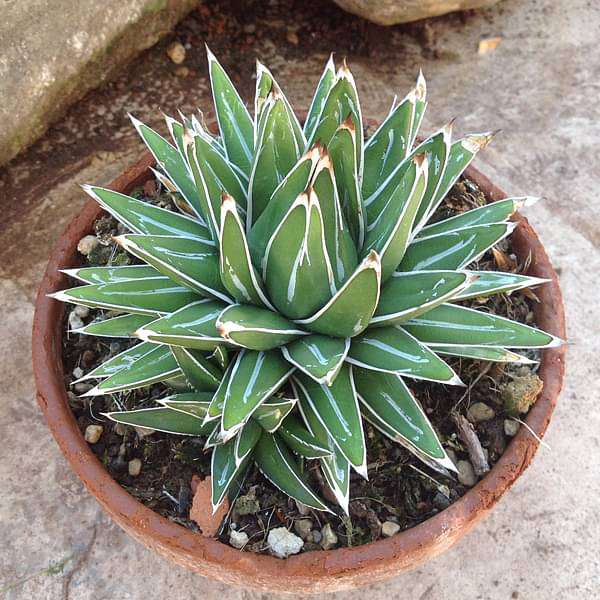
Agave Victoriae - Succulent Plant
(MRP Inclusive of all taxes)
- Shipping ₹79 for entire order
- Dispatch in 7 days
- Country of origin: India

(MRP Inclusive of all taxes)
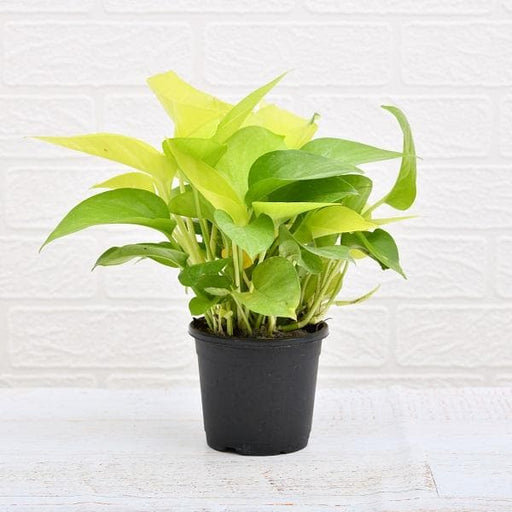 Save 29%
Save 29%
Air Purifier Money Plant with Pot The Air Purifier Money Plant, also known as Pothos or Epipremnum aureum, is a stunning indoor plant that...
View full details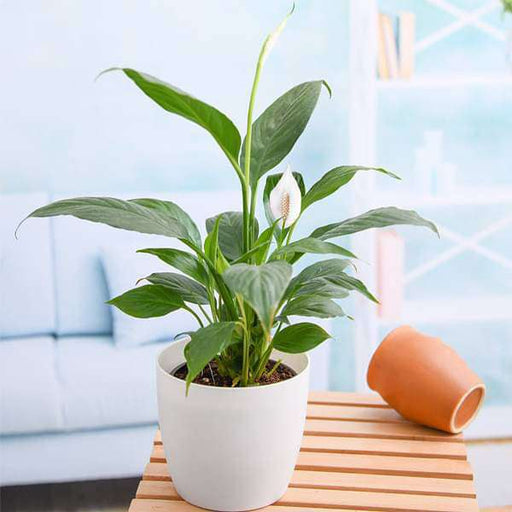
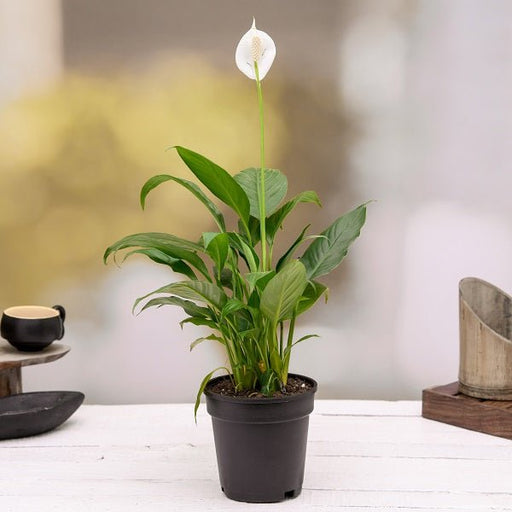 Save up to 15%
Save up to 15%
Peace Lily, Spathiphyllum - Plant The Peace Lily, scientifically known as Spathiphyllum, is a stunning houseplant celebrated for its elegant white...
View full details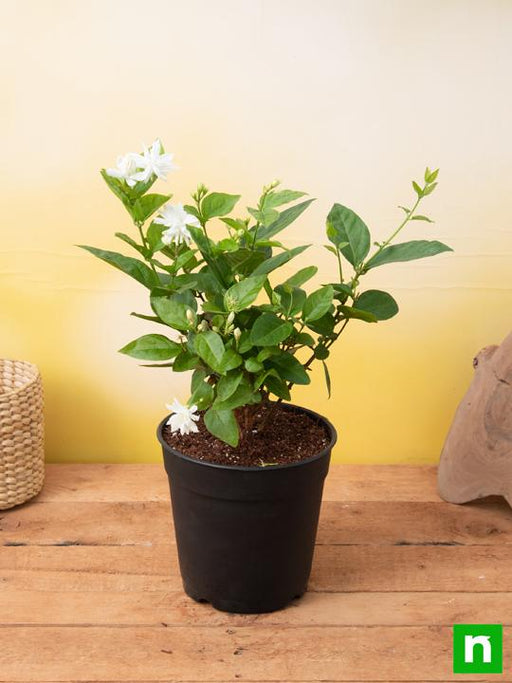
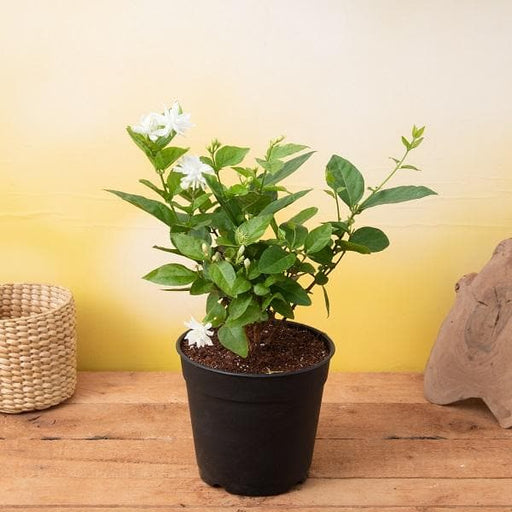 Save 25%
Save 25%
Jasminum sambac, Mogra, Arabian Jasmine - Plant Jasminum sambac, commonly known as Mogra or Arabian Jasmine, is a fragrant flowering plant...
View full details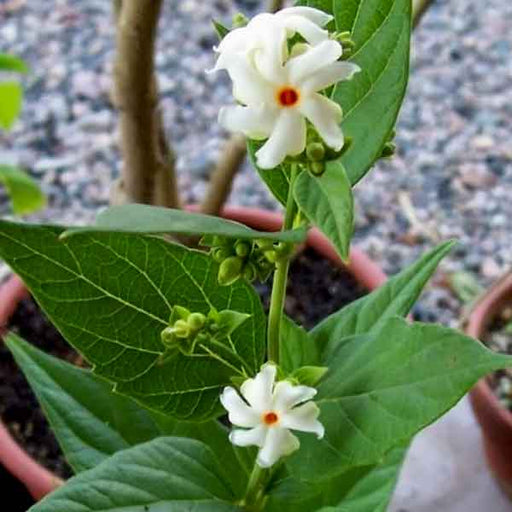
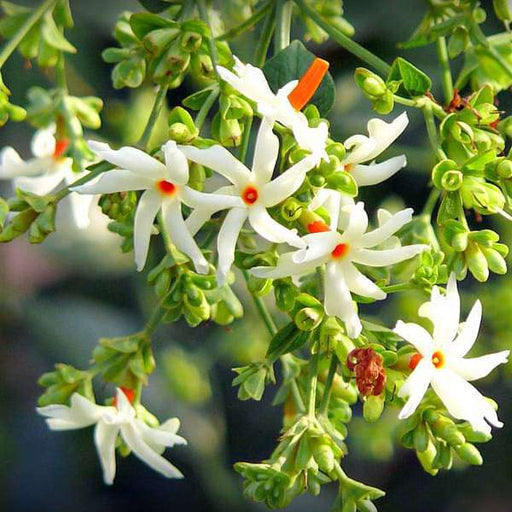 Save 18%
Save 18%
Combo Constituents Includes the Parijat Tree (Night-Flowering Jasmine), a culturally significant plant with fragrant flowers. Description The Pari...
View full details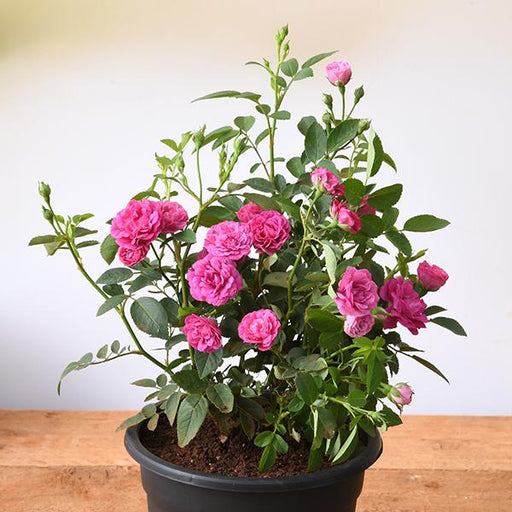
 Save 25%
Save 25%
Miniature Rose, Button Rose (Any Color) - Plant The Miniature Rose, also known as the Button Rose, is a charming and compact flowering plant that ...
View full details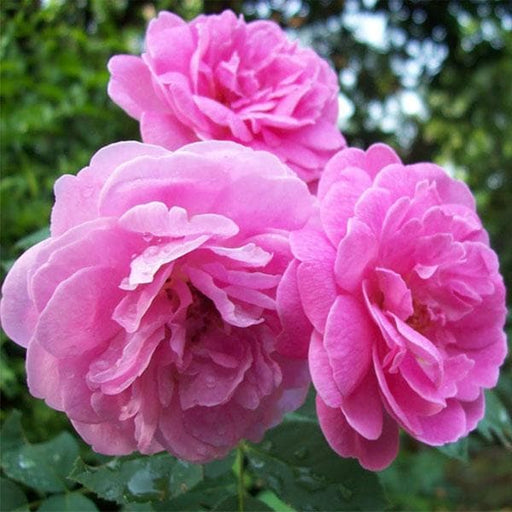 Save 25%
Save 25%
Damascus Rose, Scented Rose (Any Color) - Plant The Damascus Rose, also known as Rosa damascena, is a timeless symbol of beauty and romanc...
View full details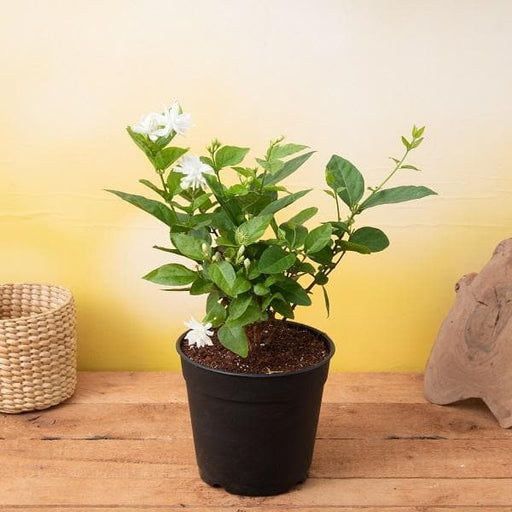
 Save 17%
Save 17%
Beautiful Fragrant Mogra, Arabian Jasmine Plant with Pot The Beautiful Fragrant Mogra, also known as Arabian Jasmine (Jasminum sambac), is...
View full details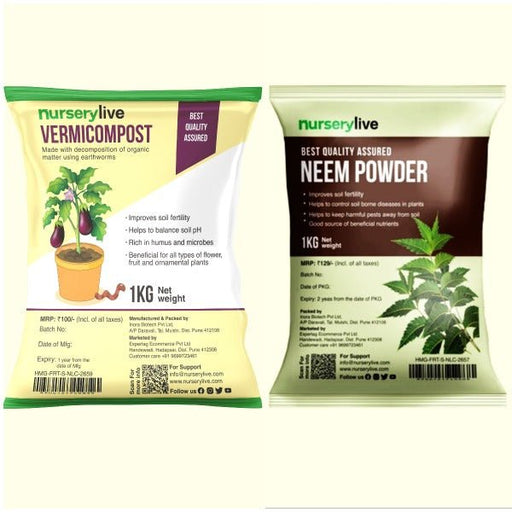 Save 15%
Save 15%
Pack of Vermicompost and Neem Cake for House Plants Transform your indoor garden with our premium Pack of Vermicompost and Neem Cake, spec...
View full details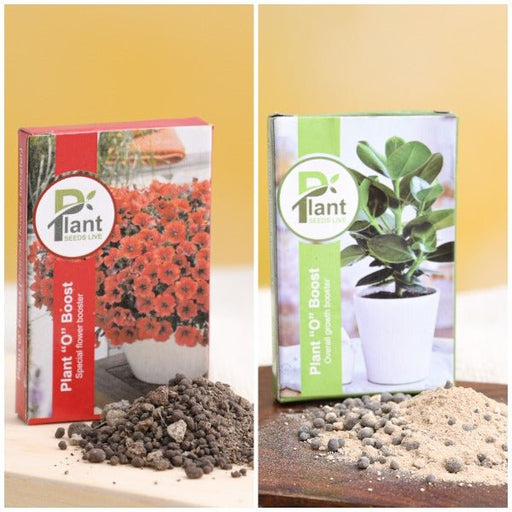
Pack of Plant Growth and Flower Boosters Unlock the full potential of your garden with our Pack of Plant Growth and Flower Boosters! This ...
View full details Save 38%
Save 38%
Combo of Jeevamrut and Neem Raksha for Easy Growth and Protection of Houseplants Transform your indoor garden with our exclusive combo of ...
View full details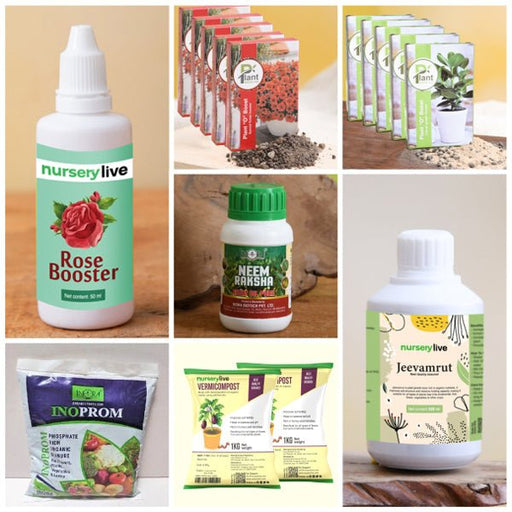 Save 22%
Save 22%
Plant Nutrients Kit (Pack of 16) for a Healthy Garden Transform your garden into a lush paradise with our Plant Nutrients Kit, featuring 1...
View full details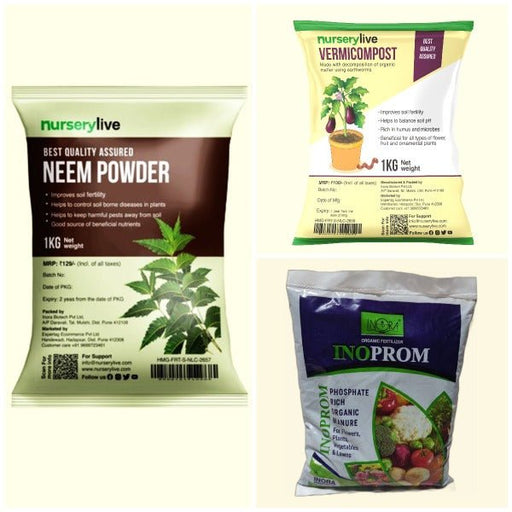 Save 16%
Save 16%
Combo of Top Plant Fertilizers Elevate your gardening game with our exclusive Combo of Top Plant Fertilizers, featuring two bags of premiu...
View full details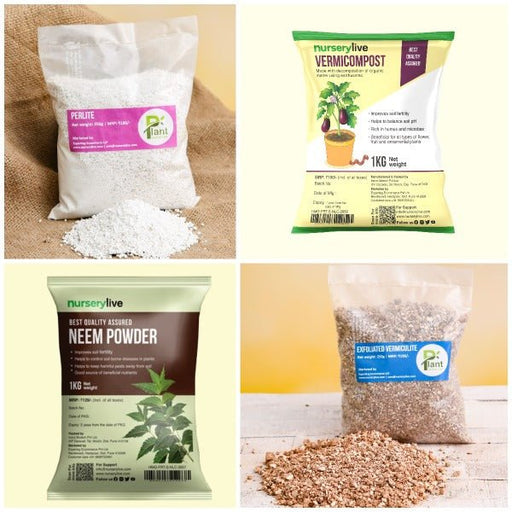 Save 24%
Save 24%
Pack of 4 Additives to Make Soil Healthy and Nutrient Rich Transform your garden into a thriving ecosystem with our Pack of 4 Additives de...
View full details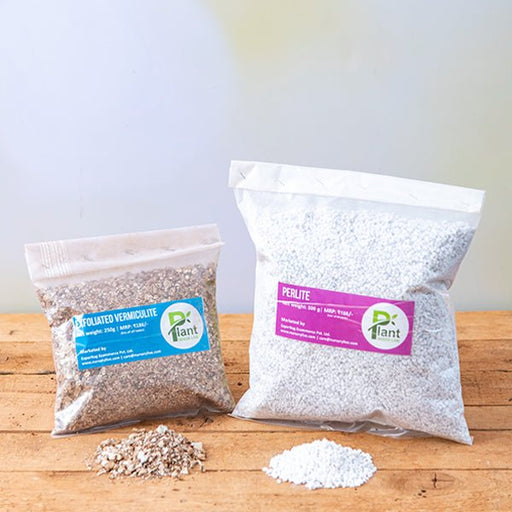 Save 30%
Save 30%
Transform your gardening experience with our premium Combo of Perlite and Vermiculite. This unique blend is designed to enhance soil aeration and ...
View full details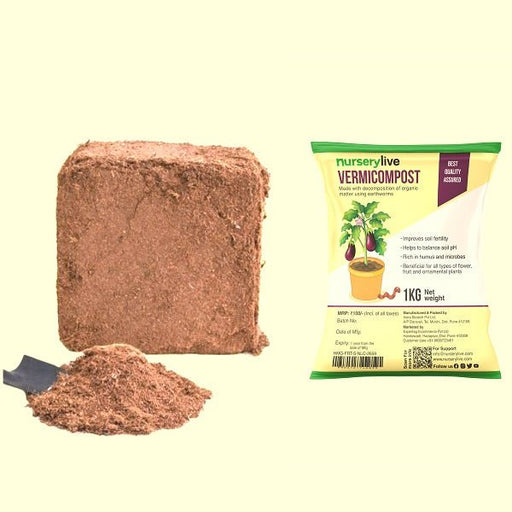 Save 27%
Save 27%
Combo of 2 Vermicompost and Cocopeat - Enrich Your Soil Naturally! Transform your garden into a thriving ecosystem with our Combo of 2 Ver...
View full details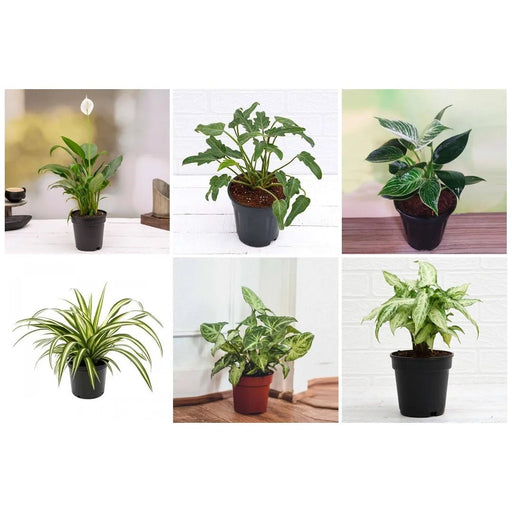
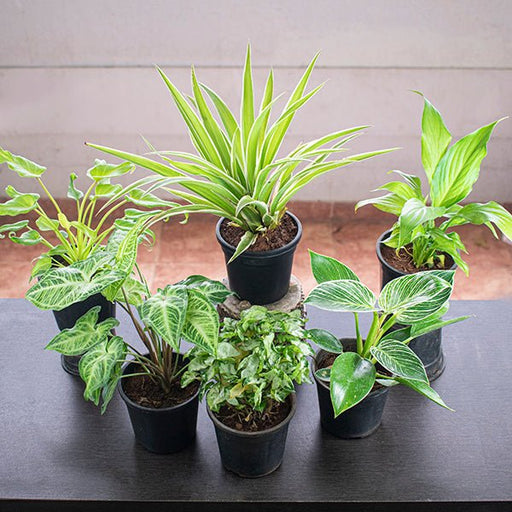 Save 35%
Save 35%
Best 6 Plants for Perfect Indoor Garden Transform your living space into a lush oasis with our curated collection of the Best 6 Plants for a...
View full details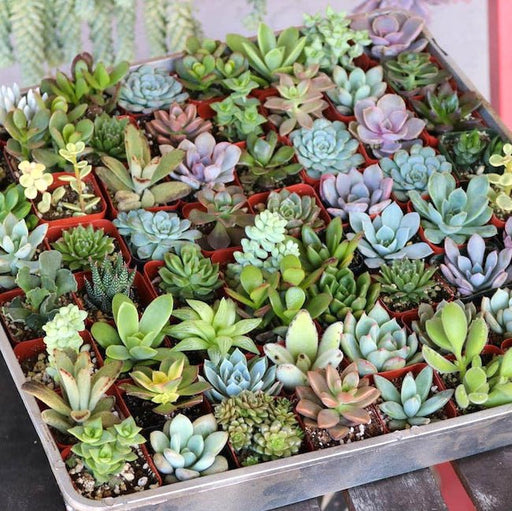
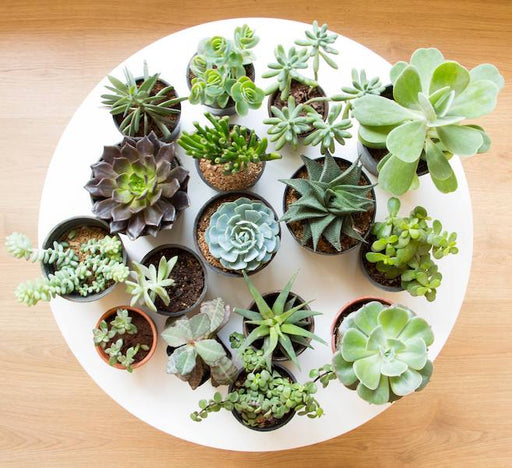 Save up to 50%
Save up to 50%
Mini Succulent Garden Pack Transform your space with our Mini Succulent Garden Pack, featuring a delightful collection of 4 any variety beautiful s...
View full details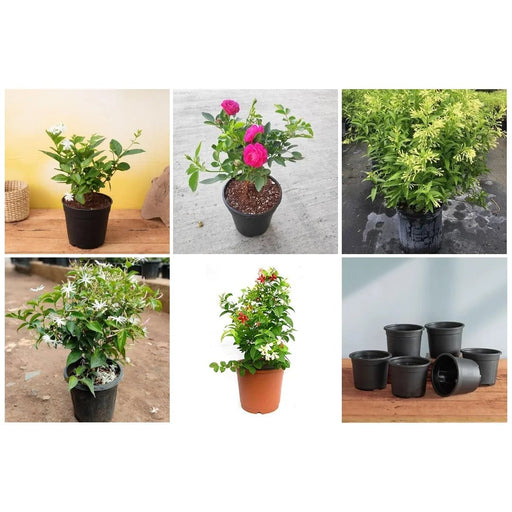
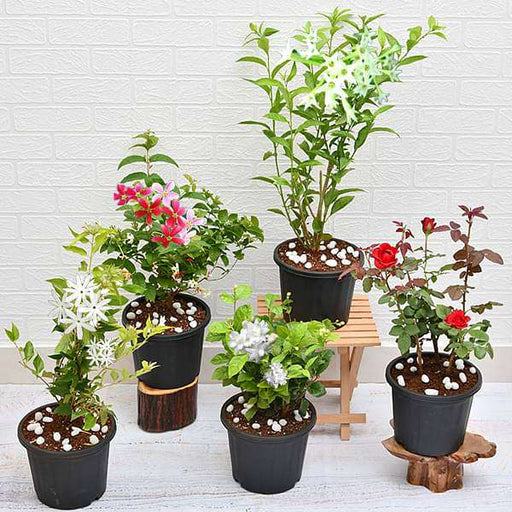 Save 30%
Save 30%
5 Best Fragrant Plants Transform your garden or indoor space into a fragrant paradise with our curated selection of the 5 Best Fragrant Plants. Th...
View full details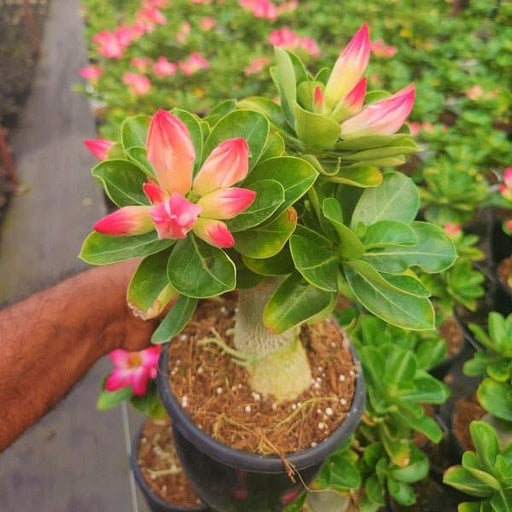
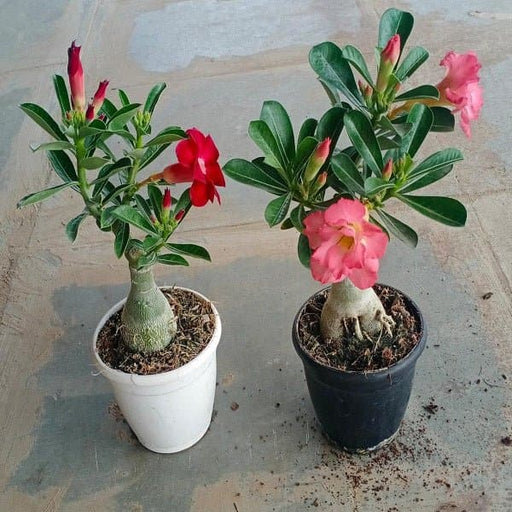 Save 24%
Save 24%
Set of 2 Bonsai Looking Grafted Adeniums Transform your indoor or outdoor space with our exquisite Set of 2 Bonsai Looking Grafted Adenium...
View full details Save 45%
Save 45%
Top 4 Die Hard Succulents Pack Transform your indoor or outdoor space with our Top 4 Die Hard Succulents Pack, featuring a curated selecti...
View full details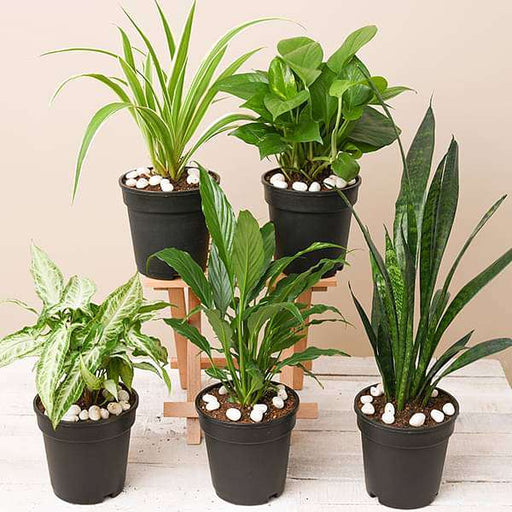
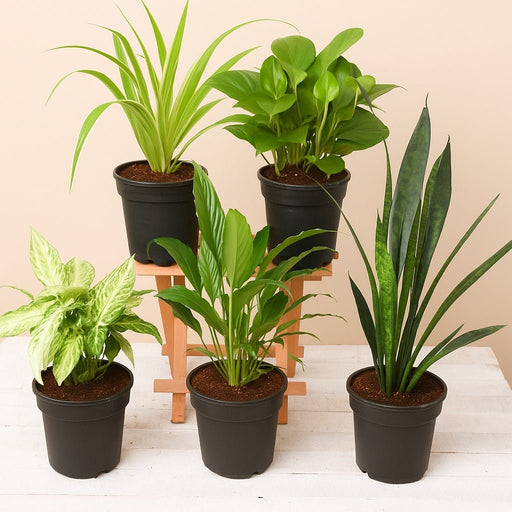 Save 30%
Save 30%
5 Best Indoor Plants Pack Transform your living space into a lush oasis with our '5 Best Indoor Plants Pack.' This carefully curated collection fe...
View full details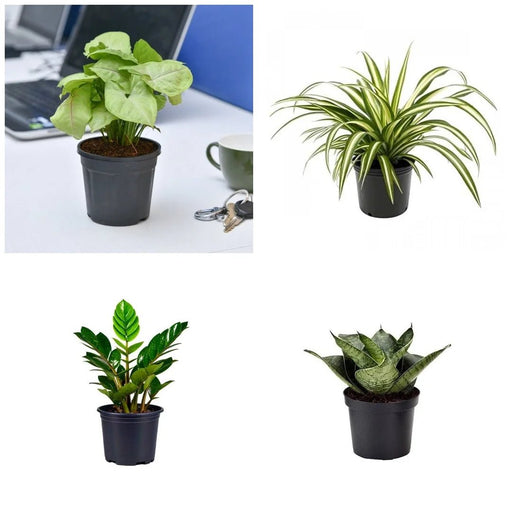
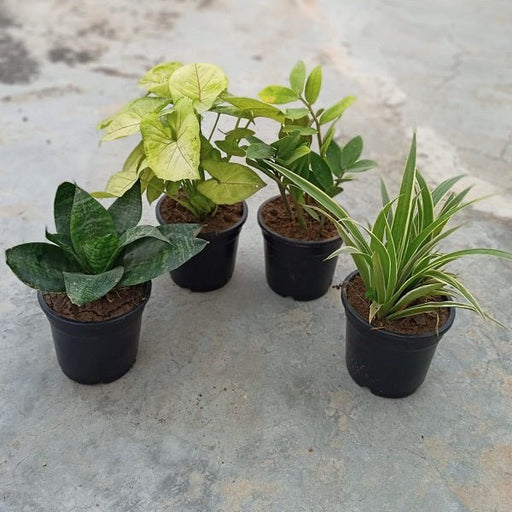 Save 25%
Save 25%
Set of 4 Evergreen Air Purifier Plant Pack Transform your indoor space into a lush, green oasis with our Set of 4 Evergreen Air Purifier Pla...
View full details| SrNo | Item Name | Qty |
|---|---|---|
| 1 | Agave Victoriae Succulent Plant in 3 inch (8cm) Pot | 1 |
The Agave Victoriae, also known as the Queen Victoria Agave, is a stunning succulent native to the arid regions of Mexico. Renowned for its striking rosette shape and bold, spiky leaves adorned with creamy white margins, this plant is a true centerpiece for any garden or indoor space. With its ability to thrive in harsh conditions, the Agave Victoriae is not only beautiful but also resilient, making it a favorite among succulent enthusiasts.
What makes the Agave Victoriae special is its unique appearance and adaptability. This succulent can grow up to 2 feet in diameter and can live for decades, adding a touch of elegance to your collection. Its architectural form and vibrant colors make it a popular choice for xeriscaping and low-water gardens, promoting sustainable gardening practices.
One of the standout features of the Agave Victoriae is its ability to store water in its thick leaves, allowing it to survive in dry environments. This plant is also known for its impressive flowering stalk that can reach heights of up to 10 feet, producing beautiful yellow flowers that attract pollinators.
This succulent superstar is the diva of the desert! With its striking rosette shape and bold, spiky leaves, it’s like the crown jewel of your garden. Native to Mexico, it’s not just a pretty face; it’s drought-resistant and low-maintenance, making it the perfect plant for those who want to impress without the fuss. Just remember, it’s not a cactus, so don’t go calling it one at parties!
Caring for your Agave Victoriae is like nurturing a high-maintenance friend—give it the right amount of sunlight, water sparingly, and it’ll thrive! These beauties prefer well-draining soil and a sunny spot, so make sure they’re not sitting in a puddle of regret. A little neglect goes a long way, but don’t forget to show them some love every now and then!
The world of agaves is vast and varied, like a buffet of succulent delights! While Agave Victoriae steals the show, there are plenty of other agave varieties that deserve a spotlight. From the dramatic Agave Americana to the charming Agave Attenuata, each has its own quirks and charms. Explore the agave family tree and find your perfect match!
Want to bring a touch of the wild indoors? Agave Victoriae is your go-to plant for adding a dash of drama to your home decor. Its architectural form and striking colors make it a conversation starter, whether it’s perched on a windowsill or gracing your coffee table. Just be sure to give it a sunny spot—this diva needs her spotlight!
If you’re looking to save water and still have a stunning garden, Agave Victoriae is your best friend! This drought-tolerant wonder thrives in arid conditions, making it the perfect choice for eco-conscious gardeners. With its ability to store water in its leaves, it’s like a little reservoir of resilience, ready to withstand the harshest of summers.
Beyond their beauty, Agave Victoriae and its cousins offer a plethora of benefits. They’re not just eye candy; they help improve air quality and can even be used in landscaping to prevent soil erosion. Plus, they’re a great conversation starter—who wouldn’t want to chat about their exotic plant collection?
Transform your outdoor space into a desert oasis with Agave Victoriae! These striking plants can be used as focal points or to create stunning borders. Pair them with gravel and rocks for that authentic desert vibe, and watch as your garden becomes the envy of the neighborhood. Just be prepared for compliments and questions about your “green thumb”!
Want to expand your succulent empire? Propagating Agave Victoriae is easier than you think! Simply take offsets or pups from the base of the plant and replant them in well-draining soil. With a little patience and care, you’ll have a mini-forest of these beauties in no time. Just remember, sharing is caring—don’t hoard all the agave goodness for yourself!
Curious about how fast your Agave Victoriae will grow? Well, it’s not a speed demon, but it’s not a sloth either! This succulent typically grows at a moderate pace, reaching its full glory in a few years. So, while you wait for it to reach its majestic size, you can enjoy the anticipation—like waiting for a fine wine to age!
Agave Victoriae isn’t just a pretty plant; it’s steeped in cultural significance! In Mexico, agaves have been used for centuries in traditional medicine and even for making tequila. So, while you’re admiring your succulent, remember it’s part of a rich heritage. Just don’t try to make tequila from your plant—unless you’re feeling particularly adventurous!
How does Agave Victoriae stack up against other succulents? It’s like comparing a classic rock band to a pop sensation—both have their merits! While other succulents may be softer and more delicate, Agave Victoriae brings a bold, architectural flair that’s hard to beat. It’s the rock star of the succulent world, ready to take center stage in your garden!
Agave Victoriae, also known as the Queen Victoria Agave, is a stunning succulent plant native to Mexico. With its rosette shape and striking blue-green leaves adorned with white margins, it’s like the diva of the succulent world. Perfect for those who want to add a touch of royalty to their plant collection!
Caring for Agave Victoriae is a breeze! Place it in bright, indirect sunlight and let the soil dry out between waterings. This succulent thrives on neglect, so don’t overwater it. Think of it as your low-maintenance friend who only needs a little love and attention to flourish!
Agave Victoriae loves well-draining soil, so think sandy or cactus mix. It’s like giving your plant a vacation in the desert! Avoid heavy soils that retain moisture, as this diva prefers to keep her roots dry and happy. A little grit goes a long way in keeping her thriving!
Water your Agave Victoriae sparingly, about every 2-3 weeks during the growing season. In winter, let it hibernate and cut back to once a month. Remember, this succulent prefers to be thirsty rather than soggy. Overwatering is like throwing a pool party for a plant that hates water!
Absolutely! Agave Victoriae can thrive indoors if given enough light. Place it near a sunny window where it can soak up those rays. Just remember, it’s not a fan of dark corners or overly humid environments. Treat it like royalty, and it will reward you with stunning foliage!
Agave Victoriae is not a fan of frost; it prefers temperatures above 20°F (-6°C). If you live in a chilly area, consider bringing it indoors during winter. Think of it as a plant that enjoys a warm vacation while others are bundled up in blankets. Keep it cozy, and it’ll thrive!
Agave Victoriae can grow up to 2 feet tall and 3 feet wide, making it a showstopper in any garden. It’s like the plant version of a celebrity—impressive and hard to miss! Just give it enough space to spread its leaves, and it will steal the spotlight in your collection.
Yes, Agave Victoriae loves to play the family game and produces pups, or offsets, around its base. These little cuties can be separated and replanted to create a mini-royal family! Just wait until they’re a few inches tall before you start the adoption process. More plants, more fun!
Watch out for mealybugs and aphids; they can be the uninvited guests at your succulent party. If you spot them, a gentle wipe with a soapy cloth or a spray of neem oil will send them packing. Keep your Agave Victoriae pest-free, and it will continue to reign supreme!
Absolutely! Propagation is as easy as pie. Simply remove the pups from the base and let them dry for a day or two before planting them in their own pots. With a little patience and care, you’ll have a whole royal family of Agave Victoriae in no time!
Agave Victoriae isn’t just a pretty face; it’s also drought-tolerant and low-maintenance, making it perfect for busy plant parents. Plus, it adds a unique architectural element to your garden. It’s like having a stunning sculpture that requires minimal effort—what’s not to love
Good news for pet lovers! Agave Victoriae is considered non-toxic to cats and dogs. However, it’s always wise to keep an eye on your furry friends, as they might be tempted to nibble on those spiky leaves. Better safe than sorry—let’s keep the drama to a minimum!